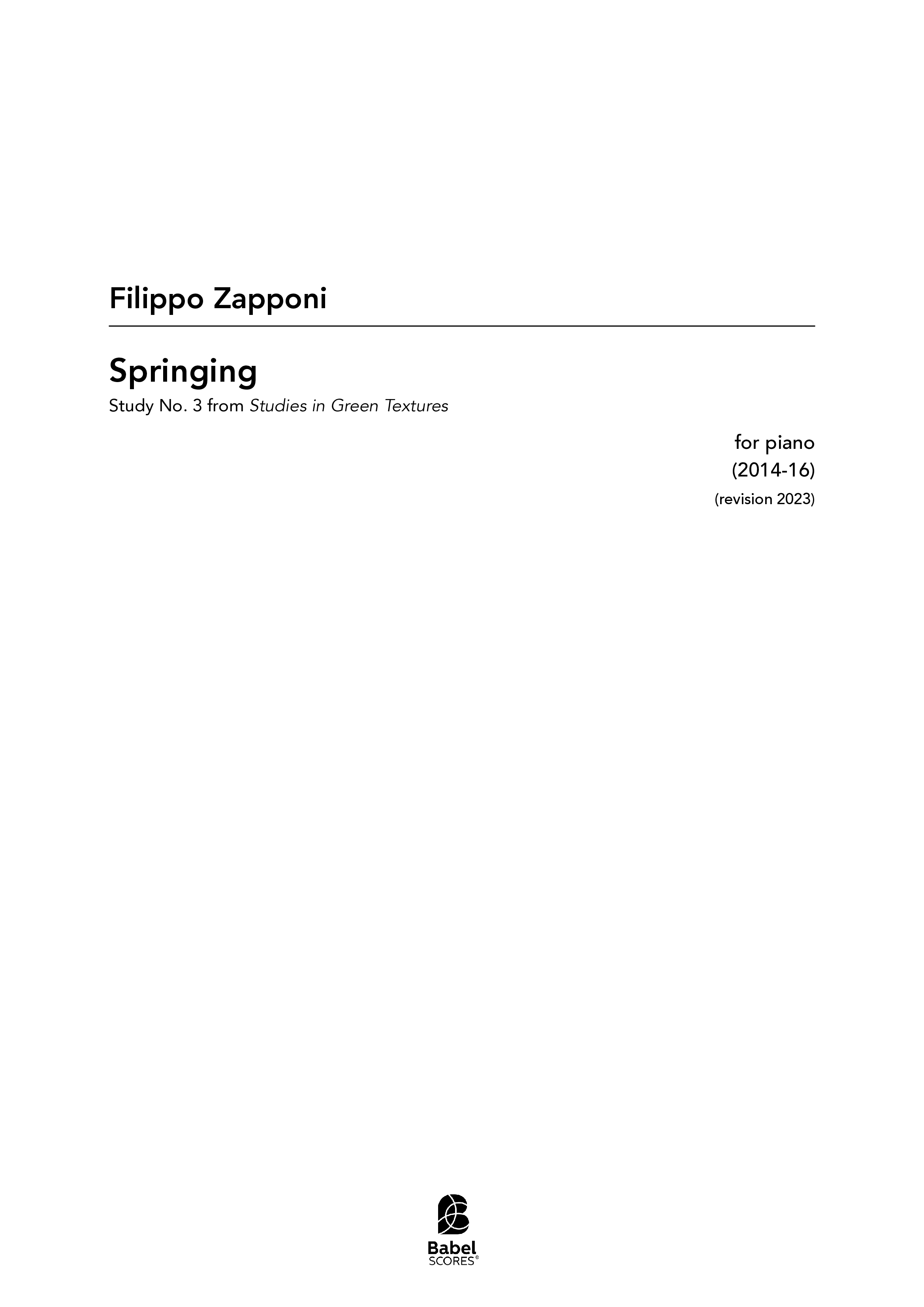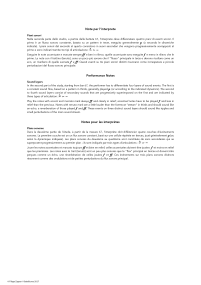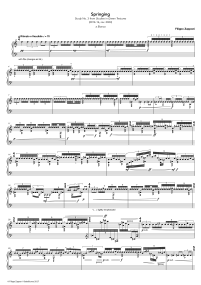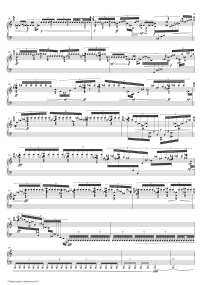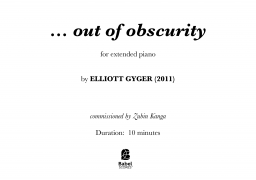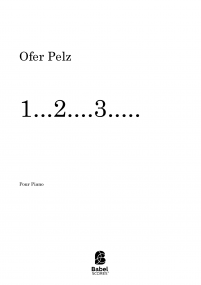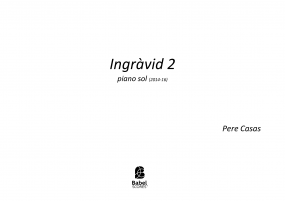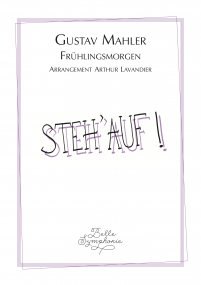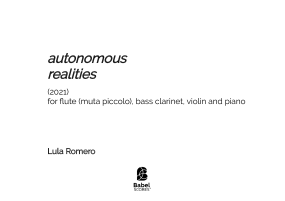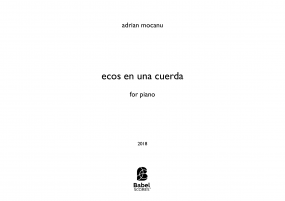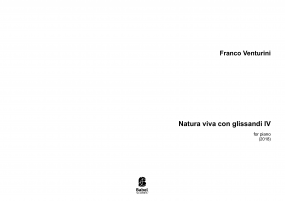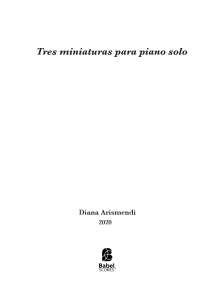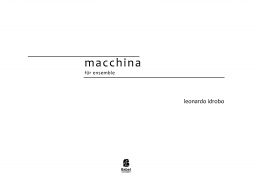Studies in Green Textures: III. Springing
for piano
7,00 €
Printed format (+14,80 € printing and shipping). Colissimo7-14 days aprox.
Digital version (+0,00 €) instant download
When you buy a score, you can contact the composer right here!
Specifications
Region
Europe
Estimated Duration
6 - 10min
Date
2016
ISMN : 979-0-2325-2094-0
Notes on this piece
Springing
Study no 3 from Studies in Green Textures
Studies in Green Textures
The characteristic of the piano that has always interested me the most, and which in my opinion represents its quintessence, is its ability to produce complex and elusive textures. To me, this particularity of piano writing has remained somewhat mysterious and it spontaneously awakens in me the strongest and richest synaesthetic sensations. The Studies in Green Textures explore some of these dense sound-colour textures, making use of multiple idiomatic instrumental techniques.
One aspect of textures that particularly fascinates me is the play with the perception of the performer and listener. When sounds are moving too fast for it to be possible to follow their individual paths, the perception tends to focus on the overall sound phenomenon. But the listener and the performer can constantly filter the flow of moving sounds and extract fragments from it, briefly chasing elusive details. Fragments of phrases fleetingly catch the attention only to plunge back into the stream, disappearing to let other elements immediately appear.
This continuous movement from the whole to the details and vice versa, this relentless navigation within the texture, gives rise to the illusion of multiple simultaneous sound layers that are never fully revealed.
Springing
The first part of Springing is based on the technique of repeated notes. Each sound, played slowly at first, is progressively played at a higher speed: the density of repetition of each note depends on its register and on its position within a non-octave-repeating scale. Shortly after the middle of the piece the principle of repetition is no longer applied to individual sounds, but to a pattern, on which secondary elements – ripples, perturbations and reverberations – are progressively superimposed in a play of refractions on four distinct sound layers.
Filippo Zapponi
Add to a playlist
- Login to create your own lists
Study no 3 from Studies in Green Textures
Studies in Green Textures
The characteristic of the piano that has always interested me the most, and which in my opinion represents its quintessence, is its ability to produce complex and elusive textures. To me, this particularity of piano writing has remained somewhat mysterious and it spontaneously awakens in me the strongest and richest synaesthetic sensations. The Studies in Green Textures explore some of these dense sound-colour textures, making use of multiple idiomatic instrumental techniques.
One aspect of textures that particularly fascinates me is the play with the perception of the performer and listener. When sounds are moving too fast for it to be possible to follow their individual paths, the perception tends to focus on the overall sound phenomenon. But the listener and the performer can constantly filter the flow of moving sounds and extract fragments from it, briefly chasing elusive details. Fragments of phrases fleetingly catch the attention only to plunge back into the stream, disappearing to let other elements immediately appear.
This continuous movement from the whole to the details and vice versa, this relentless navigation within the texture, gives rise to the illusion of multiple simultaneous sound layers that are never fully revealed.
Springing
The first part of Springing is based on the technique of repeated notes. Each sound, played slowly at first, is progressively played at a higher speed: the density of repetition of each note depends on its register and on its position within a non-octave-repeating scale. Shortly after the middle of the piece the principle of repetition is no longer applied to individual sounds, but to a pattern, on which secondary elements – ripples, perturbations and reverberations – are progressively superimposed in a play of refractions on four distinct sound layers.
Filippo Zapponi
Instrumentation
Piano
Score Details
Format - A3 / Tabloid
Pages - 20
Pages - 20
Recording
Simulation on a virtual piano

